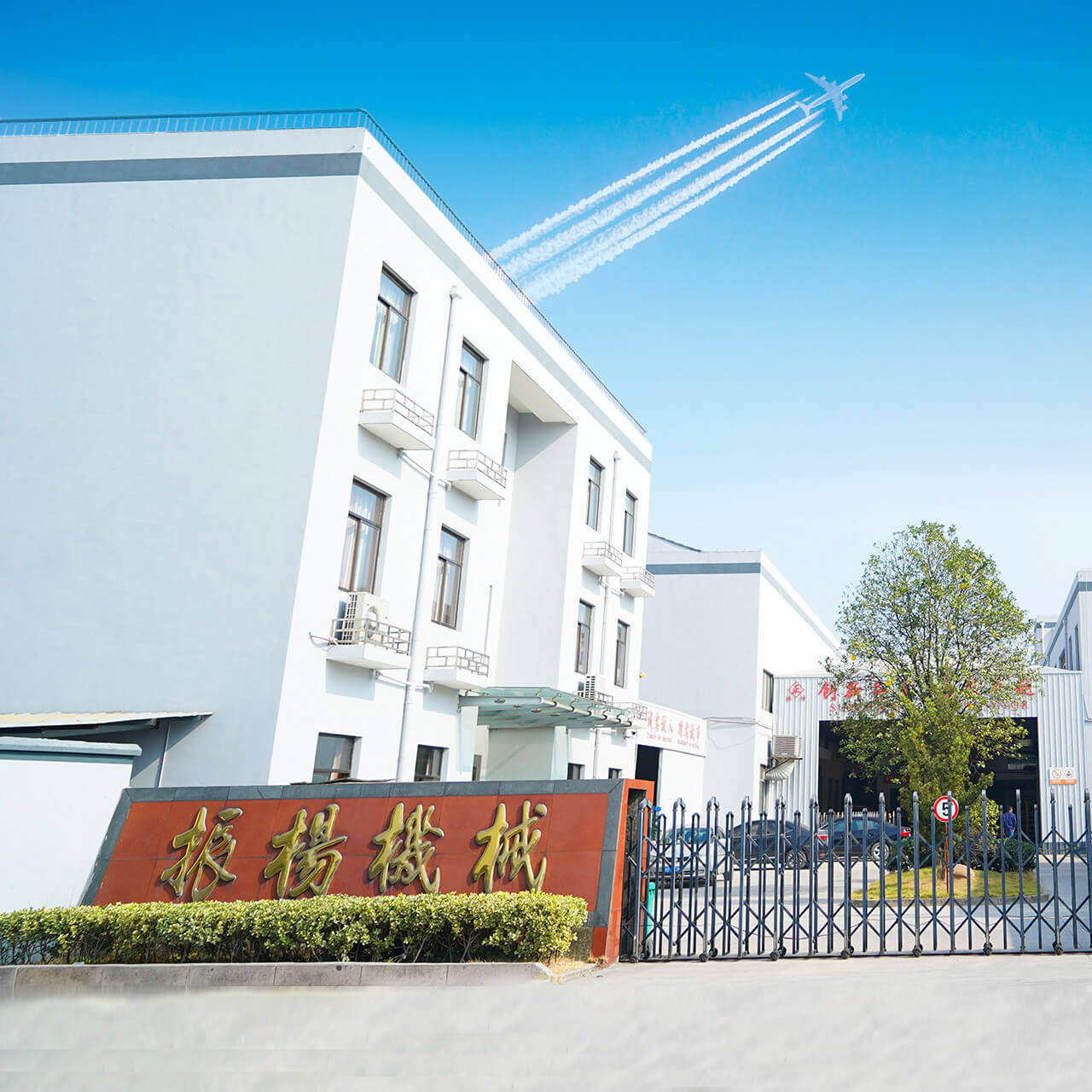Industry knowledge extension of this category
What are the advantages of using aluminum alloy sand casting parts?
1.Versatility: Aluminum alloy sand casting allows for the production of complex shapes and intricate designs, making it suitable for a wide range of applications.
2.Cost-effectiveness: Sand casting is a cost-effective method for producing aluminum alloy parts, especially for large and bulky components.
3.Lightweight: Aluminum alloys are known for their lightweight properties, making sand casting an ideal choice for applications where weight reduction is important, such as aerospace and automotive industries.
4.Strength and durability: Aluminum alloys used in sand casting provide excellent strength and durability, making the resulting parts capable of withstanding demanding operating conditions.
5.Thermal conductivity: Aluminum alloys have high thermal conductivity, making them suitable for applications that require efficient heat transfer, such as heat sinks and engine components.
7.Corrosion resistance: Aluminum alloys possess inherent corrosion resistance, which is further enhanced by various surface treatments, making them suitable for outdoor and marine applications.
8.Good dimensional accuracy: Sand casting allows for the production of aluminum alloy parts with high dimensional accuracy, meeting tight tolerances and minimizing the need for additional machining.
9.Availability and recyclability: Aluminum is abundant in nature and highly recyclable, making it a sustainable choice for sand casting parts.
10.Design flexibility: Sand casting offers design flexibility, allowing for the integration of complex features, undercuts, and thin walls in aluminum alloy parts.
How does the design of aluminum alloy sand casting parts impact their performance?
The design of aluminum alloy sand casting parts can have a significant impact on their performance. Here are some key factors to consider:
1.Wall Thickness: The wall thickness of the casting affects its strength and cooling rate. Thick sections cool more slowly and can result in residual stresses and porosity. Conversely, thin sections can be prone to warping and distortion. Optimal wall thickness should be determined based on the specific application and the capabilities of the casting process.
2.Fillet and Rib Design: Fillets and ribs are commonly used to enhance the strength and rigidity of castings. Proper design of fillets and ribs can improve the load-bearing capacity and reduce stress concentrations. It is important to maintain appropriate radii and fillet sizes to avoid the formation of defects, such as shrinkage or stress cracks.
3.Draft Angles: Draft angles are included in the design to facilitate the removal of the casting from the mold. Insufficient draft angles can cause sticking, resulting in defects and increased production costs. Adequate draft angles allow for easy ejection of the casting and minimize the risk of damage.
4.Parting Line Placement: The location of the parting line, where the mold separates into two halves, affects the complexity and cost of the casting process. Strategic placement of the parting line can minimize the need for complex core designs or multiple-piece molds, reducing production time and costs.
